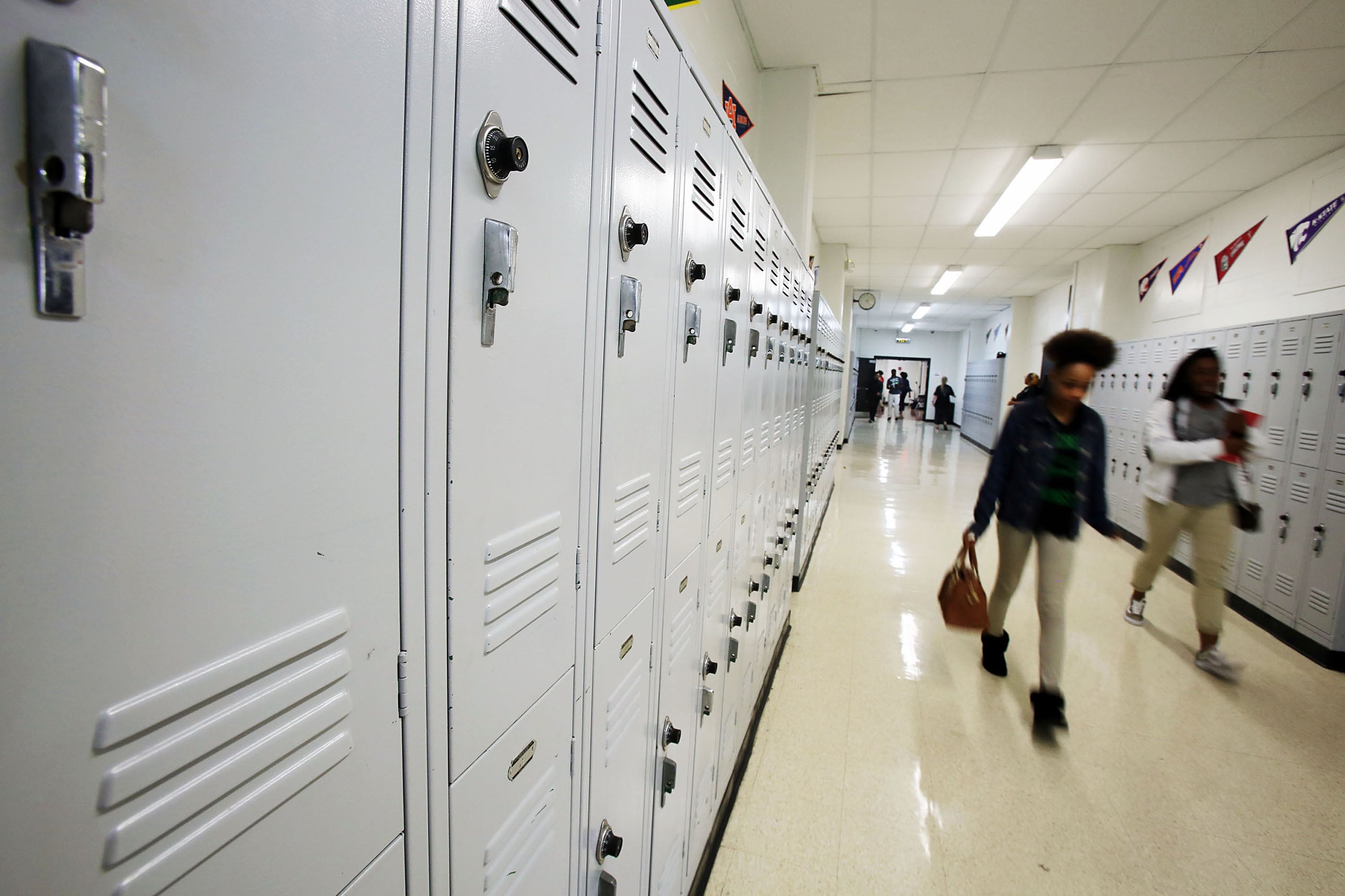After nearly a decade of lackluster results from its highest-profile school improvement initiative, Tennessee has unveiled its proposal for releasing 27 schools from the failed Achievement School District.
The options could include entering new charter school agreements, closing schools, or moving some of its 9,000 students to higher-performing schools.
The state education department published details of its long-awaited proposal over the weekend and circulated them to education leaders on Monday. A final plan is due to the legislature’s education committees by Jan. 1 after reviewing public feedback.
The plan outlines the options, process, and conditions for transitioning schools out of the state-run district and returning students to their local school systems in Memphis and Nashville beginning in the 2024-25 school year.
The blueprint marks the end of a significant chapter for the so-called ASD, Tennessee’s most intensive lever for trying to turn around its lowest-performing schools. The charter-centric reform model, which has been closely watched nationally, never really worked. Other states like Nevada, Mississippi, and North Carolina tried it too, but without much success.
Beginning in 2011, Tennessee began taking control of schools in its bottom 5% and mostly farmed them out to charter networks. But its heavy-handed takeover tactics angered school communities in Memphis and Nashville, and its turnaround model fell short of its ambitious goal of catapulting schools to the top quarter academically in five years. The ASD had difficulty attracting high-quality charter partners, partly because of funding and enrollment challenges, while its schools struggled to recruit top-notch educators.
Still, the state’s transition proposal skews heavily toward entering into new charter agreements for 23 charter schools that are nearing the end of their 10-year contracts with the ASD. The local district or the state’s new charter school commission would forge those contracts, and there’s one scenario in which the ASD’s highest-achieving schools could even remain with the state-run district.
“Because each ASD school is unique, each will have a [School Exit Plan] that is school-specific and structured to detail the key areas and decision points needed to facilitate a smooth exit out of the ASD ...,” the proposal says.
Two options could include closing the school altogether and moving students to higher-performing local or state-run schools.
Another option appears to open the door to revoking a charter and returning the school to the home district to operate as local leaders see fit. In Memphis, Shelby County Schools operates its own turnaround program known as the Innovation Zone, where schools outpaced ASD schools academically before losing critical funding in recent years.
For four non-charter schools run directly by the ASD in Memphis, the proposal cites the possibility of transitioning students to higher-performing schools, “depending on the academic achievement of the school.”
The decisions will be guided by a transition team to be appointed by the state as soon as a school has been identified for exit. That team — including ASD leaders and representatives of the school, the charter operator if applicable, and the local district — will recommend an exit plan. Criteria will include the school’s academic achievement, the charter operator’s compliance with its current agreement, local district readiness and capacity, and the availability of higher-performing schools within the home district. Tennessee’s education commissioner would have to sign off.
Tennessee has been trying to figure out a clear exit plan for its schools for years. But because the transition involves everything from people and property to finances and governance, state officials have found it almost as hard to return schools as it was to take them away.
The department stepped up the work in June after the legislature ordered a transition plan by Jan. 1. An advisory group of 18 state and community education leaders has helped to work through the issues.
Several of those members said they were mostly pleased with the blueprint, but also have questions.
“The process is clear in this document, but the outcomes are much less clear,” said Gini Pupo-Walker, a Nashville school board member who also leads the Education Trust advocacy group in Tennessee.
“At the end of the day, I think it’s going to be about resources,” she added.
Vinessa Brown, who chairs the board at Libertas School of Memphis, was cautiously optimistic but expects the plan will need tweaking.
“We just need for the focus to stay on helping students succeed,” said Brown, who has a child at Libertas.








